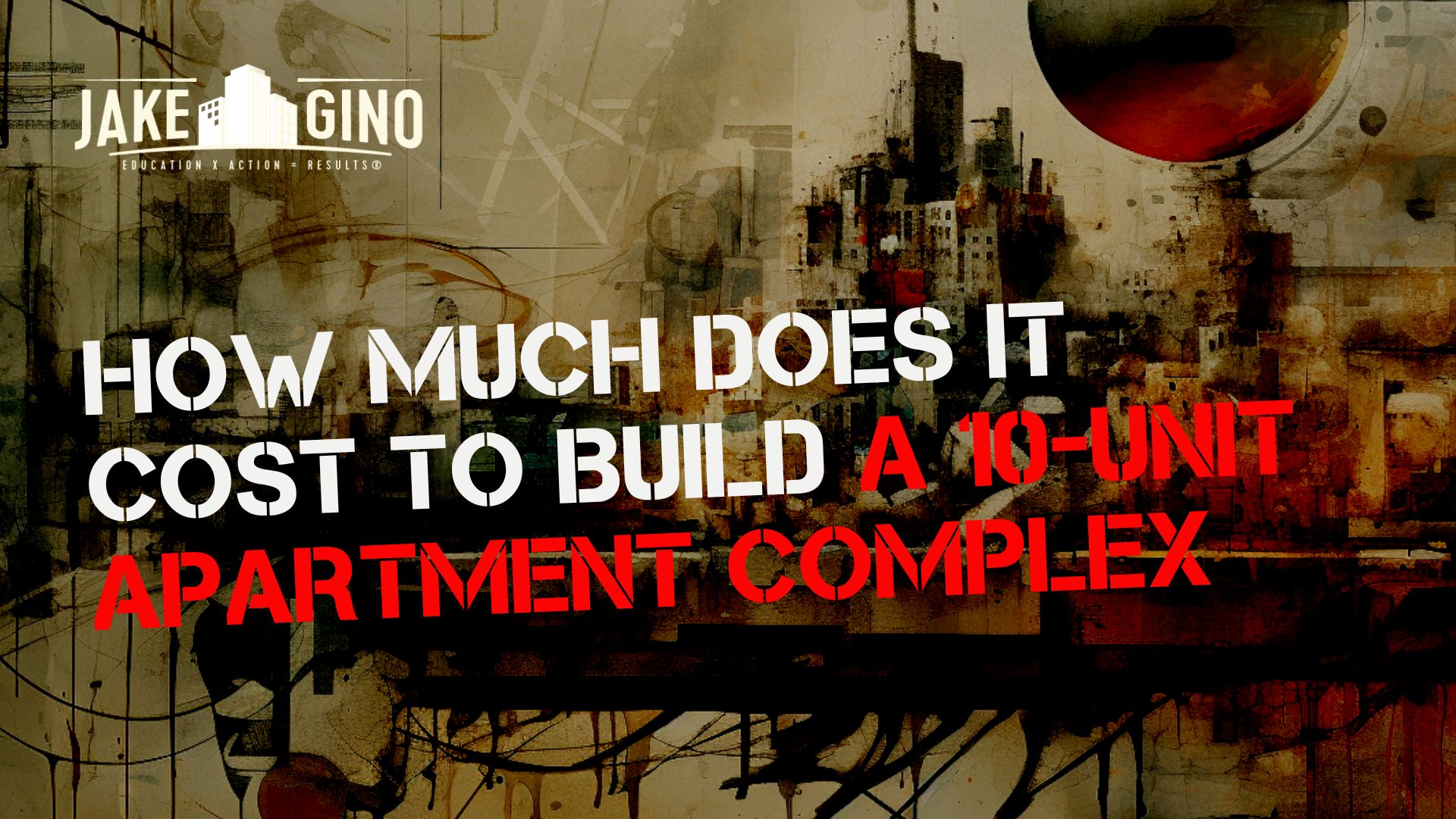
How Much Does It Cost to Build a 10-Unit Apartment Complex
Are you considering venturing into real estate development and wondering about the costs involved in building a 10-unit apartment complex? Building such a complex can be a lucrative investment, but it’s crucial to have a clear understanding of the expenses you’ll encounter along the way. In this article, we’ll break down the various factors that contribute to the cost of constructing a 10-unit apartment complex, helping you make informed decisions.
Embarking on a real estate development project demands a thorough understanding of the costs involved. Building a 10-unit apartment complex requires meticulous planning, financial preparation, and a strategic approach to ensure a successful outcome.
- Land Acquisition
Securing the right piece of land is the first step. Location, size, and local market conditions influence land costs. Urban areas tend to have higher land prices compared to suburban locations.
- Design and Planning
The next step is hiring architects and designers to create a functional and aesthetically pleasing complex is essential. Their fees, along with expenses for blueprints and engineering plans, should be factored in.
- Permits and Approvals
Obtaining necessary permits and approvals from local authorities is a bureaucratic process that demands time and fees. It’s vital to adhere to zoning regulations and building codes.
- Site Preparation
Clearing the construction site, including demolition if required, and ensuring proper grading for drainage are critical and can impact costs.
- Foundation and Structural Work
The foundation serves as the building’s backbone. Costs depend on the chosen foundation type—slab, crawl space, or basement—and the complexity of the design.
- Building Construction
Materials, labor, and construction methods significantly affect costs. The number of floors, units per floor, and building shape also play a role.
- Utilities Installation
Hooking up electricity, water, sewage, and HVAC systems is essential. The installation costs will depend on the complexity of the systems and the distance from utility connections.
- Interior Finishes
Interior finishes include flooring, paint, cabinetry, and fixtures. Costs vary based on the quality of materials chosen and the desired level of luxury.
- Exterior Landscaping
Creating an inviting outdoor space adds value to your complex. Landscaping costs cover greenery, pathways, lighting, and communal areas.
- Common Amenities
Adding amenities like a gym, swimming pool, or communal lounge can attract tenants. These features come with extra costs but can increase the property’s appeal.
- Contingency Funds
Unforeseen expenses are common in construction. Setting aside a contingency fund of around 5-10% of the total budget can provide a safety net.
- Project Management
Hiring a project manager ensures the construction progresses smoothly, keeping costs and timelines on track.
- Timeline and Delays
Delays due to weather, supply chain issues, or unforeseen problems can extend the project timeline and increase costs.
Conclusion:
Building a 10-unit apartment complex is a substantial undertaking, both financially and logistically. By carefully considering each aspect of the project and accounting for potential costs, you can ensure a successful and profitable venture.
FAQs
- What is the average cost per unit to build a 10-unit apartment complex?
- The cost per unit can vary widely depending on location, materials, and amenities. On average, it could range from $150,000 to $250,000 per unit.
- How long does it take to complete such a project?
- The timeline can vary from 12 to 24 months, accounting for design, approvals, construction, and potential delays.
- Are there any ongoing maintenance costs to consider?
- Yes, property management, maintenance, and repairs are ongoing expenses that should be factored into your budget.
- Can I reduce costs by cutting corners on materials?
- While cost-cutting may seem tempting, using subpar materials can lead to higher maintenance costs and tenant dissatisfaction in the long run.
- How can I secure financing for the project?
- Options include traditional mortgages, construction loans, partnerships, and real estate crowdfunding platforms.






